The Ultimate Guide to Search Engine Marketing (SEM) – SeedWebMedia
Introduction
Search Engine Marketing (SEM) is a powerful digital marketing strategy that helps businesses increase their online visibility, drive targeted traffic, and generate leads or sales. Unlike SEO (Search Engine Optimization), which focuses on organic rankings, SEM involves paid advertising on search engines like Google and Bing.
At SeedWebMedia, we specialize in helping businesses leverage SEM to maximize their online presence. In this comprehensive guide, we’ll cover:
1. What is Search Engine Marketing (SEM)?
SEM refers to the process of gaining visibility on search engines through paid ads (PPC) and organic search (SEO). The primary goal is to appear at the top of search engine results pages (SERPs) for relevant keywords, driving high-intent traffic to your website.
SEM vs. SEO
- SEM (Paid + Organic): Includes both paid ads (Google Ads) and organic search efforts.
- SEO (Organic Only): Focuses solely on improving organic rankings without paid promotion.
SEM delivers immediate results, while SEO is a long-term strategy. Combining both maximizes visibility.
2. How SEM Works
Search engines like Google and Bing allow businesses to bid on keywords. When a user searches for those keywords, the search engine displays relevant ads. Advertisers pay only when someone clicks on their ad (Pay-Per-Click).
Key Steps in SEM:
- Keyword Research: Identify high-intent keywords your audience searches for.
- Ad Creation: Write compelling ad copy with strong CTAs.
- Bidding Strategy: Set budgets and bids for maximum ROI.
- Landing Page Optimization: Ensure your landing pages convert visitors.
- Tracking & Analytics: Monitor performance using tools like Google Analytics.
3. Benefits of SEM for Businesses
✅ Instant Visibility: Unlike SEO, SEM gets your ads in front of users immediately.
✅ Targeted Traffic: Reach users actively searching for your products/services.
✅ Measurable ROI: Track clicks, conversions, and revenue in real time.
✅ Flexible Budgeting: Control spending with daily or campaign-level budgets.
✅ Geo-Targeting: Show ads to users in specific locations.
4. Key Components of SEM
A. Pay-Per-Click (PPC) Advertising
PPC is the paid aspect of SEM. Google Ads and Microsoft Advertising (Bing Ads) are the most popular platforms.
Types of PPC Ads:
- Search Ads (Text ads on SERPs)
- Display Ads (Banner ads on websites)
- Shopping Ads (Product listings on Google)
- Video Ads (YouTube promotions)
B. Search Engine Optimization (SEO)
While SEM includes paid ads, SEO enhances organic rankings. A strong SEM strategy integrates both.
C. Landing Page Optimization
A well-optimized landing page improves conversion rates. Key elements include:
- Clear headlines
- Strong CTAs
- Fast loading speed
- Mobile responsiveness
5. How to Create an Effective SEM Campaign
Step 1: Define Your Goals
- Increase sales?
- Generate leads?
- Boost brand awareness?
Step 2: Keyword Research
Use tools like:
- Google Keyword Planner
- SEMrush
- Ahrefs
Focus on high-intent, low-competition keywords.
Step 3: Set Up Your Campaign (Google Ads)
- Choose campaign type (Search, Display, Shopping).
- Set budget and bidding strategy.
- Target relevant locations and audiences.
Step 4: Write High-Converting Ads
- Include keywords in headlines.
- Highlight unique selling points (USPs).
- Use strong CTAs (“Buy Now,” “Get a Free Quote”).
Step 5: Optimize Landing Pages
- Match ad messaging to landing page content.
- Minimize distractions (no unnecessary links).
- A/B test different versions.
Step 6: Monitor & Optimize
- Track CTR (Click-Through Rate), CPC (Cost-Per-Click), and conversions.
- Pause underperforming ads/keywords.
- Adjust bids based on performance.
6. SEM Best Practices for Higher ROI
✔ Use Negative Keywords: Exclude irrelevant searches to save budget.
✔ Leverage Ad Extensions: Add sitelinks, call buttons, and reviews.
✔ A/B Test Ads: Experiment with different headlines and CTAs.
✔ Retarget Visitors: Use remarketing to bring back interested users.
✔ Optimize for Mobile: Over 60% of searches happen on mobile.
7. Common SEM Mistakes to Avoid
❌ Ignoring Keyword Match Types (Broad vs. Exact match).
❌ Poor Landing Page Experience (Leads to high bounce rates).
❌ Not Tracking Conversions (Wasted spend without measuring success).
❌ Setting & Forgetting (Campaigns need constant optimization).
8. SEM Tools to Boost Performance
- Google Ads & Analytics – Campaign tracking.
- SEMrush – Competitor analysis.
- Keyword Planner – Keyword research.
- Unbounce – Landing page builder.
9. Future Trends in SEM
🔹 AI & Automation: Smart bidding and automated ad creation.
🔹 Voice Search Optimization: More searches via Alexa & Google Assistant.
🔹 Visual & Video Search: Growing importance of image and video ads.
Conclusion
SEM is a dynamic and results-driven marketing strategy that, when executed correctly, can significantly boost your online presence and revenue. At SeedWebMedia, we help businesses create and optimize high-performing SEM campaigns for maximum ROI.

